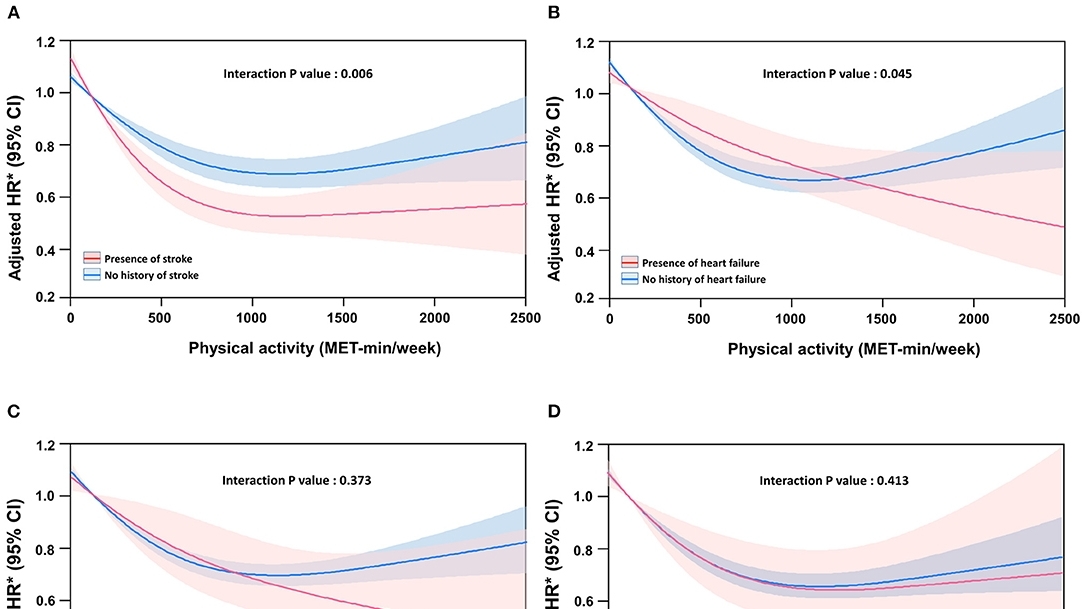
The Impact of Exercise on Health: A Gender Perspective
New research suggests that physical activity and exercise may confer greater protection against all-cause and cardiovascular mortality for women compared to men. The study, published in the Journal of the American College of Cardiology, found that women who exercised for at least 150 minutes a week were 24% less likely to die from any cause than women who did not meet this exercise threshold. Surprisingly, men who exercised for the same duration each week saw only a 15% reduction in mortality risk.
Moreover, women who maintain a regular exercise routine were found to have a 36% lower risk of experiencing a heart attack, stroke, or other cardiovascular event. For men who exercised, this risk was reduced by 14%. These findings suggest that women receive more significant health benefits from exercise than men, reinforcing the importance of regular physical activity for overall health and well-being.
Comparing Exercise Habits and Health Outcomes
The study analyzed the exercise habits of over 400,000 U.S. adults and found a clear correlation between regular physical activity and a lower mortality risk. When women engage in regular exercise, their mortality risk drops by 24%, while men see a 15% reduction. Women also saw a 36% reduced risk of a fatal cardiovascular event compared to their inactive peers.
Interestingly, women topped out at a 24% lower mortality risk than their inactive counterparts with 300 minutes of exercise per week, while men had to exercise more than twice as long to achieve the same results. This discrepancy may be explained by the fact that men had a measurably greater exercise capacity across all ages, which may account for the sex differences in the benefits of exercise.
Exercise Recommendations for Men and Women
According to the study, the optimal amount of exercise for men is around 300 minutes of moderate physical activity or 110 minutes of vigorous physical activity per week. For women, however, only 140 minutes of moderate aerobic exercise or 57 minutes of vigorous aerobic exercise per week was necessary to see an 18% reduction in death risk. Strength training also appeared to have significant benefits, with regular strength training exercises leading women to a 19% reduced risk of death and a 30% lower risk of a cardiovascular event.
The Underlying Differences
Why do women seem to benefit more from the same amount of exercise? The authors of the study suggest that the answer may lie in the different properties of male and female skeletal muscle and the higher relative loads women experience during exercise sessions. Women benefit more than men even from relatively small amounts of regular exercise, with significant health improvements noted at just 140 minutes of moderate exercise a week.
Although the Physical Activity Guidelines for Americans do not currently recommend different amounts of exercise for men and women, these findings may suggest a need for reconsideration. However, it’s essential to note that this study was observational and, as such, has its limitations. Until further research is conducted, it is recommended that everyone aim for at least 300 minutes of exercise per week for optimal health benefits.
